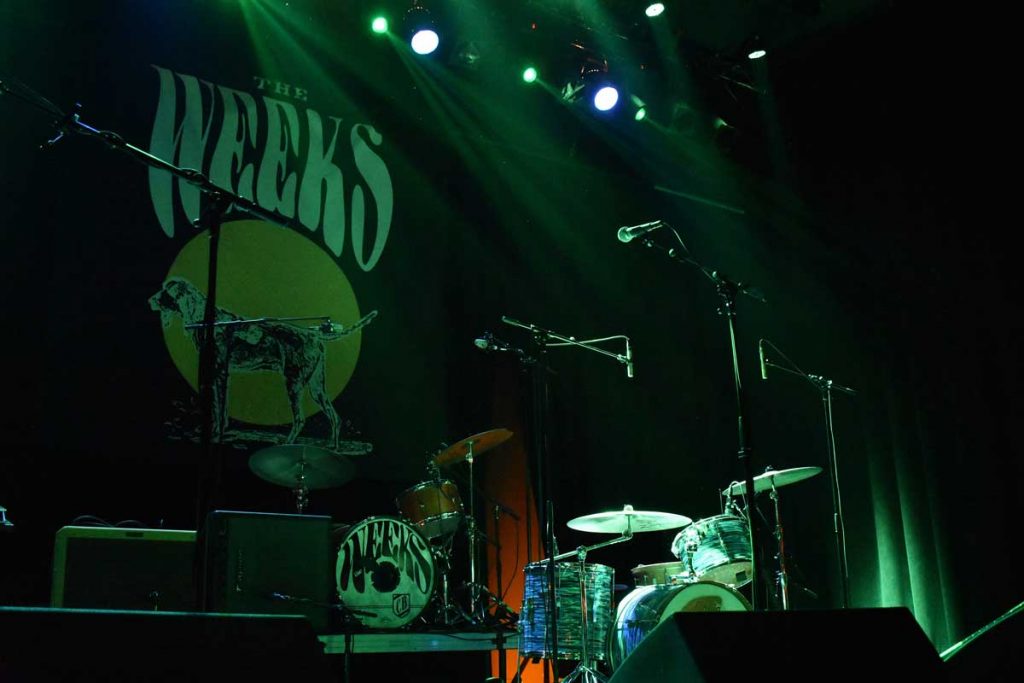“What’s that?” asked my new friend from West Virginia University, pointing to the Circle from Coulter Hall. Students from other universities had come to Oxford to work on a journalism project, and we were walking to a meeting.
I knew what he was talking about: the large white statue that catches the eyes of visitors as they first enter the university. A Confederate soldier stands in proud defiance of this nation and human rights on a pillar high above the campus.
I paused before shamefully admitting, “That’s our Confederate statue. Many of us want it to be taken down, but it’s still there for now.”
Don’t get me wrong – I love this university. There are wonderful people doing amazing work everywhere you look, our academic programs seem to get stronger each year and the campus is one of the most beautiful in the nation.
But when we bring new people to our home, they do not know these things. As much as I may try to tell them, they will not understand.
What they will understand, though, is the symbol of racism and hatred that they first encounter. The traitorous soldier looking into the distance will give a first impression of the university that cannot be taken back.
 And it’s hard to imagine why someone would stay to find out if this impression is true. Imagine going to Germany and getting off the plane to see a monument of a soldier giving a Nazi salute.
And it’s hard to imagine why someone would stay to find out if this impression is true. Imagine going to Germany and getting off the plane to see a monument of a soldier giving a Nazi salute.
Sure, there’s a contextualization plaque, but does that settle all of your discomfort?
You might wonder, “Are these people not ashamed of this chapter in their history? Why is something so obscene still flaunted in public? Should I even stay to find out?”
For this, among other reasons, you cannot find statues celebrating the Nazis standing in their original, public locations in Germany.
And yet, when our memorials honoring American oppression, murder, subjugation and bigotry remain, it is seen as the normal state of remembering history.
This will not be considered normal forever, though. Confederate statues have come down one by one across the country, and this trend will continue as time goes on.
Many on this campus do not want students or the university itself to continue being held back by its archaic, hateful past. Some even held a demonstration last week, March Against Hate, to call for its removal, among other things.
Perhaps future students will see photos of the statue and, like many students do when they look at the news coverage of racial integration on this campus in 1962, wonder why it took this university so long to catch up to the rest of the country.
Is it possible that this institution is not that different than it was in previous eras, dragging its feet toward progress only when prodded by outside forces?
As we again celebrated the Rev. Martin Luther King Jr.’s life on campus, the bell tower chiming once for every year of his life, I could not help but wonder how much the administration really believes what he said.
When he spoke of the white moderate being more devoted to order than justice, he was speaking about the solutions created to pacify both sides instead of doing the right thing.
So as the chimes celebrating King’s life rang out over the statue and its contextualization plaque, a middle-of-the-road solution to preserve the status quo a while longer, I recognized the irony.
When the statue celebrating James Meredith’s bravery in integration was installed just a few minutes’ walk from the Confederate statue, those in charge must have seen the absurdity of the arrangement.
Claiming to celebrate the courage of Meredith for doing what was right in the face of extreme hardship does not mean much while remaining unwilling to face mild criticism for removing a symbol of hate.
With some poetic irony, the Lyceum, housing the administration of the campus, stands between the two monuments. It stands somewhere between the bigoted past and the courageous future, trying to not pick one side over the other. This moderation is the thread that is carried through our brutal history and holds order over justice.
For this great university to stop being seen as the institution that is always on the wrong side of history, we must do the right thing over the safe thing. The statue must come down.
Daniel Payne is a sophomore journalism major from Collierville, Tennessee.











